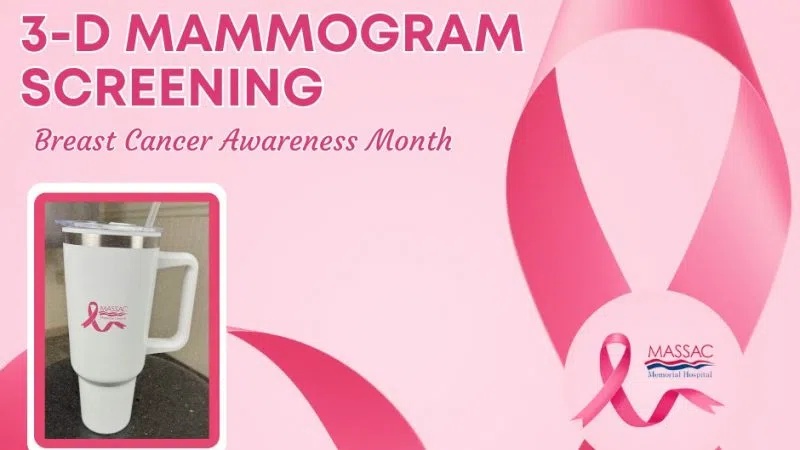This April, the United States will experience its second total solar eclipse in seven years; the last being on August 21,
2017. While viewing an eclipse is a site to behold, Southern 7 Health Department reminds you to take necessary
precautions to protect your vision and enjoy it safely.
According to the American Academy of Ophthalmology watching a solar eclipse without protection, even for a short
time, can seriously damage your eyes and cause blindness. Except during the brief total phase of the eclipse, or totality,
when the Moon completely blocks the Sun’s surface, it is not safe to look directly at the Sun without specialized eye
protection for solar viewing. As soon as you see even a little bit of the bright Sun reappear after totality, immediately put
your eclipse glasses back on or use a handheld solar viewer to look at the Sun.
During the partial phases of the eclipse, which happen before and after totality, you must look through safe solar
viewing glasses (“eclipse glasses”) or a safe handheld solar viewer at all times. Safe solar viewers are thousands of times
darker and should comply with the ISO 12312-2 international standard. Always inspect your eclipse glasses or handheld
viewer before use; if torn, scratched, or otherwise damaged, discard the device. Always supervise children using solar
viewers.
Eclipse glasses are NOT regular sunglasses; regular sunglasses, no matter how dark, are not safe for viewing the Sun. Do
NOT look at the Sun through a camera lens, telescope, binoculars, or any other optical device while wearing eclipse
glasses or using a handheld solar viewer as the concentrated solar rays will burn through the filter and cause serious eye
injury.
If you don’t have eclipse glasses or a handheld solar viewer, you can use an indirect viewing method, which does not
involve looking directly at the Sun. One way is to use a pinhole projector, which has a small opening (for example, a hole
punched in an index card) and projects an image of the Sun onto a nearby surface. Another is to use the circular holes of
a colander to project crescent shapes onto the ground. With the Sun at your back, you can then safely view the
projected image. Do NOT look at the Sun through the holes.
In addition to protecting your eyes, remember that the Sun will be very bright at all times regardless of its phases. If you
are watching an entire eclipse, you may be in direct sunlight for hours. Remember to wear sunscreen, a hat, and
protective clothing to prevent skin damage.
This year’s solar eclipse visits Illinois on April 8, 2024 beginning approximately at 12:42 pm CDT, with totality at
approximately 1:59 to 2:03 pm, and the final exit of the Moon’s shadow from the state at approximately 3:18 pm CDT.
To see your location’s exact times check out the Eclipse Path & Visibility Map at
https://www.timeanddate.com/eclipse/globe/2024-april-8?n=5373 .

Monday Massac Sports Update - 9.30.24 - Both Massac Golf Team With SIRR Conference Championships, Massac Football Loses at Home on Friday Night
Scoreboard: Monday, September 23, 2024 Boys Soccer - Non-Conference Massac Co 2, Marion 1 Scoreboard: Tuesday, September 24, 2024 Boys Golf MASSAC COUNTY WINS METROPOLIS INVITATIONAL, ROTTMANN TAKES MEDALIST HONORS (WMOK) Metropolis, IL - The Massac County High School golf team claimed top honors at the Metropolis Invi...
22h ago

Massac County Homemakers Hosting Basket Fundraiser - Drawing on October 11 at Metropolis Big John
(WMOK) Metropolis, IL - The Massac County Homemakers are seeking community support for their upcoming fundraiser. Three themed baskets, valued at $400, $45, and $60, will be raffled off to lucky winners. Details: - Tickets: $1 each or 6 for $5 - Baskets on display at Big John on October 11, 11am-1pm - Drawing held live...
Sep 28, 2024

October is Breast Cancer Awareness Month
(WMOK) Metropolis, IL - Join Massac Memorial Hospital on Wednesday, October 2nd at 5:30 pm at the front of the hospital as they light up the flagpole pink in honor of Breast Cancer Awareness Month. This event is open to the community, if you are a survivor of breast cancer, currently battling breast cancer, or have los...
Sep 28, 2024

2024 WMOK Community Events Listing
Sep 27, 2024

Rural Health, Inc - WMOK Coffee Break - 9.26.24
(WMOK) Metropolis, IL - More on Rural Health, Inc from WMOK
Sep 26, 2024




Comments